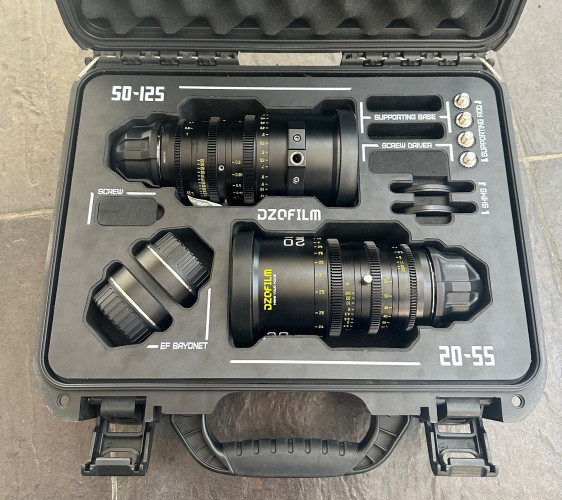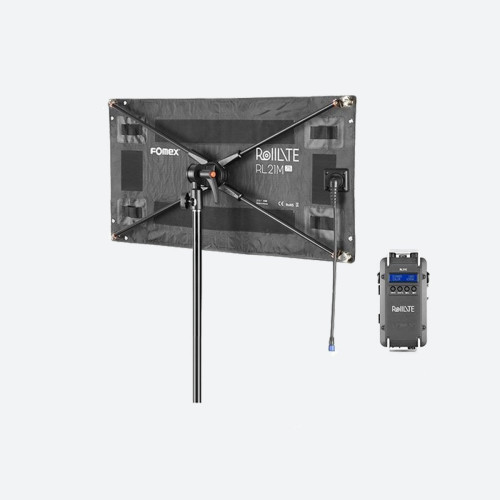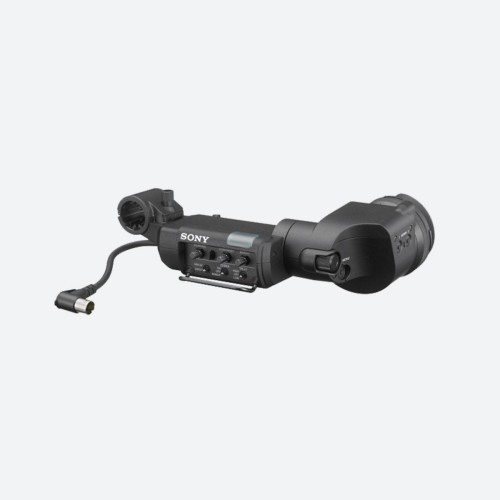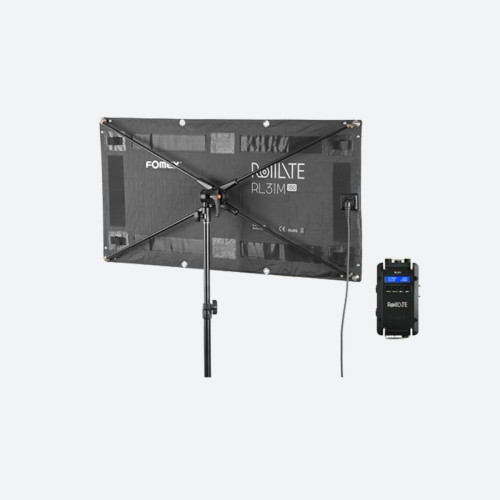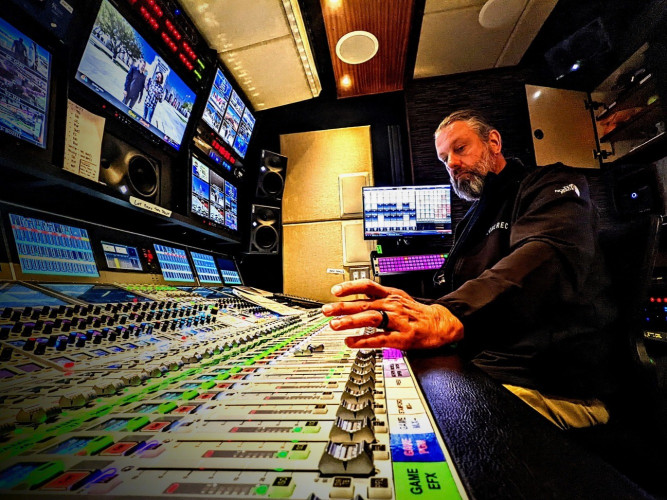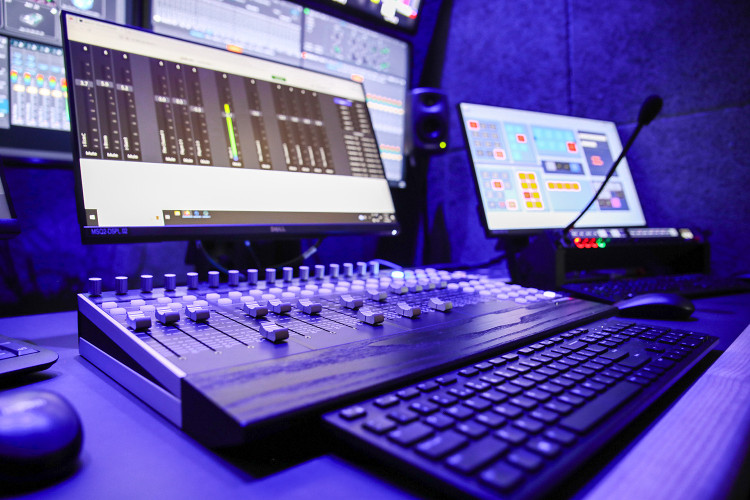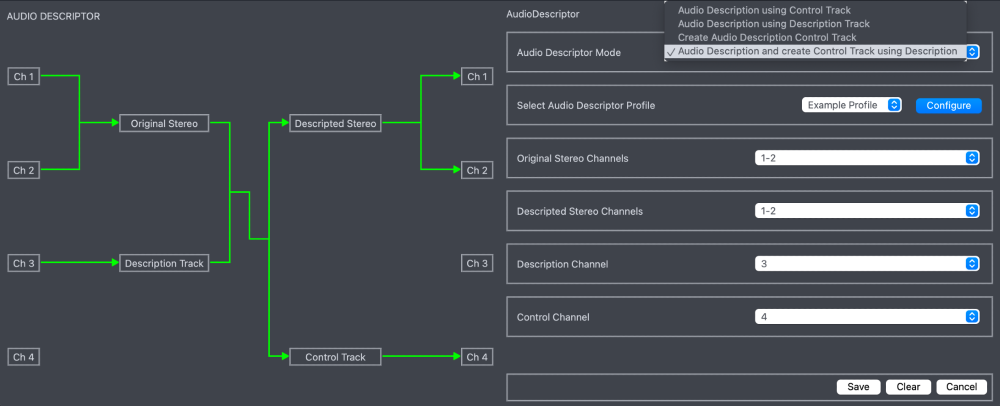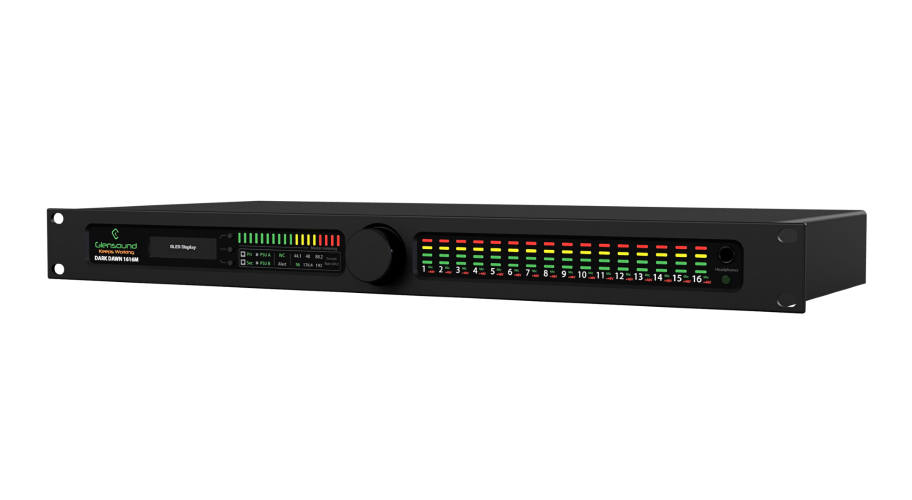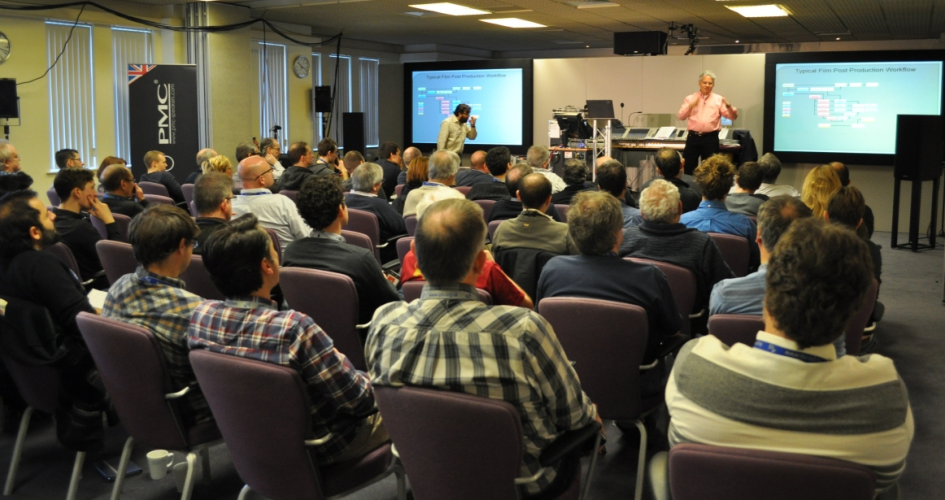Acoustics is usually regarded (or often disregarded) as a black art that is practiced with no discernable science involved, with a great reliance on ears for measurement and blind faith as a method statement. Nothing could be further from the truth in the professional study of sound, with many practitioners furnished with several degrees and a wealth of experience. There are a few basic acoustic truisms that deserve a robust explanation.
1. What is the best way to sound proof a room?
Many people confuse sound isolation with room acoustics. Isolation is created by the barrier effect of the room surfaces- their mass, stiffness and internal damping. Absorption within a ‘source’ room has very little effect on these values. For example doubling the absorption in a control room may halve the reverberation time but it will only reduce the total, monitored sound level by about 1.5dB. This is because the source energy, directly radiating from the speaker, will be largely unaffected by absorption. The perceived amount of sound that leaks out will depend far more on the reverberation in the ‘receiving’ room, as that energy becomes another virtual source, radiating from any surface common to both rooms. Sound travels well in solid walls so the new virtual source may well be in another room or even another building!
- Why can I hear voices through otherwise well insulated walls?
This is a rather annoying consequence of modern constructions in plasterboard and glass that both resonate at frequencies at which speech is most intelligible and our hearing most sensitive. The resonance is caused by waves travelling along the surface of the material, which literally bends in sympathy, according to its stiffness and density. That is why serious designers go the great lengths to research such fundamental properties as Young’s Modulus and Poisson’s Ratio.
3. Why can’t I hear any bass?
This is a common complaint in control rooms, especially ones with larger monitors! There are several reasons why this happens and usually it is a combination. The most obvious is the modal response of the room where the mixer is sitting in a node or null. All rooms have fundamental modes or ‘standing waves’, which correspond to the dimensions of the room. Their sound pressure is maximum at the room boundary and minimum in the centre and in small control rooms they often occur between 40 and 60Hz. It is galling to spend thousands on a state of the art monitor system and then find half an octave missing! Another reason can be a large reflection from the wall behind the mixer. If bass from the monitor travels past the engineer, hits the wall and bounces back it will arrive out of phase with the direct sound and cancel it at certain frequencies. This produces ‘comb’ filters and to make matters worse they vary with position, making life hell when working a large console.
4. Why not just use near-field monitors?
In a simple universe this would be a no brainer; they are cheaper and you just plonk them on the console or screw them to the nearest surface. The clue is in the question in that, acoustically speaking, the near field is a peculiar place to listen. At small distances speakers radiate very differently according to their size. Bass tends to radiate spherically and so obeys inverse square law. Even at a distance of 1m the ‘wave-front’ of radiated sound will be 13m2 and so very little reaches the ear directly. In fact 99% of the energy fills the room and is effectively lost. The opposite happens at higher frequencies where a small, baffled, wave-guided speaker is very directional in the near field, hence the expression ‘in your face’. The result is a sound balance that bears no resemblance to the real world of music and natural acoustic balances. This can be an advantage to some and many will care not a tinkers cuss but to those of us who cherish the more balanced mixes of yore.
5. So what about so called midfields?
These monitor systems are much in vogue in 5.1 mixing rooms and with good reason. A free standing speaker with a decent balance between size, directivity and power will give the optimum will deliver accurate results no matter where it is placed in the room provided that room is correctly balanced in itself. This opens the door to a good 5.1 arrangement as long as the geometry of reflections, standing waves and symmetry are obeyed. If so done each speaker will be phase coherent with its neighbours and critical mix decisions can be made with confidence. Once this is done it becomes easier to use bass management and other monitoring tools because you can be confident that if it sounds right it is right.
6. What is the best way to set up 5.1 monitor systems?
As it is easy to see there are so many variables in the stereo domain that progressing to 5.1 can be a complete nightmare. Normal statistical analysis with pink noise and real time analysers is fine for a final balance, as Dolby carry out very well in film theatres but in television things are more immediate, variable and frankly, less critically judged. The best way to make sure everything works is with a phase based analysis. It is only by measuring time delays, frequency response and phase at the same time that a confidence point of 100% can be reached. The description of such a method is beyond the scope of this article and, frankly, requires a good working knowledge of such matters if the results are to be trusted.
- What about sub woofer placement?
This is a problem in small rooms as the modal response has a big affect on the outcome. Place one in the corner and you will excite every mode and load up the bass with a horn effect created by the walls and floor. The result will be 10dB or more low bass and that may be a good thing if it can be tamed! Place the boom box in the middle of the room and the opposite occurs and you will rely on the direct sound, except that the acoustic impendence may be so low that the speaker just flaps around trying to find some air. Naturally the best results are somewhere between the two extremes and trial and horror will prevail. In film mixing rooms we always build sub woofers into the front wall and cluster several to obtain ‘mutual coupling’. This is not a deviant practice between engineers but a way to obtain high efficiency and radiation so that the bass travels cleanly through the room.
- What is the X Curve all about?
This is an equalisation curve applied in film theatres to provide compensation for the build up in bass and the absorption of higher frequencies at a fair distance from the screen. In a perfect scenario the X curve would make the main speakers sound the same as a near-field monitor placed at the point of measurement. If all things were equal the X Curve would be the same in every theatre but there are so many variables that a bit of judicial tweaking is often applied to obtain the sound an experienced mixer will be comfortable with. Dolby has gone a long way to standardise the setting of the curve but with film mixing now carried out in smaller rooms and with less directional speakers a note of caution is required. The best-engineered sound quality is all well and good but the end result must be compatible with a 3000 seater in downtown Mumbai!
In the final analysis all sound mixes must serve the purpose for which they are intended and broadcasters must adapt their facilities accordingly. If 5.1 is to thrive in the world of television it need to employ film experience and acoustic skills. The current standards, with notable exceptions and some great productions, can be woefully poor.



